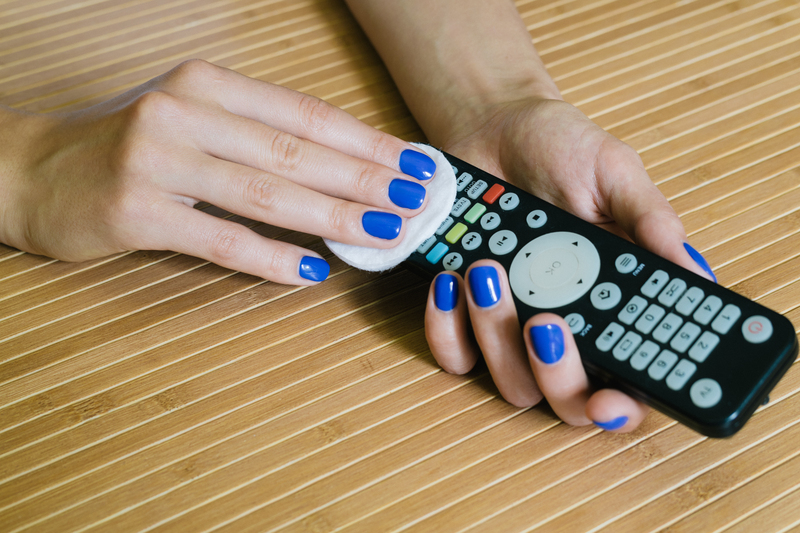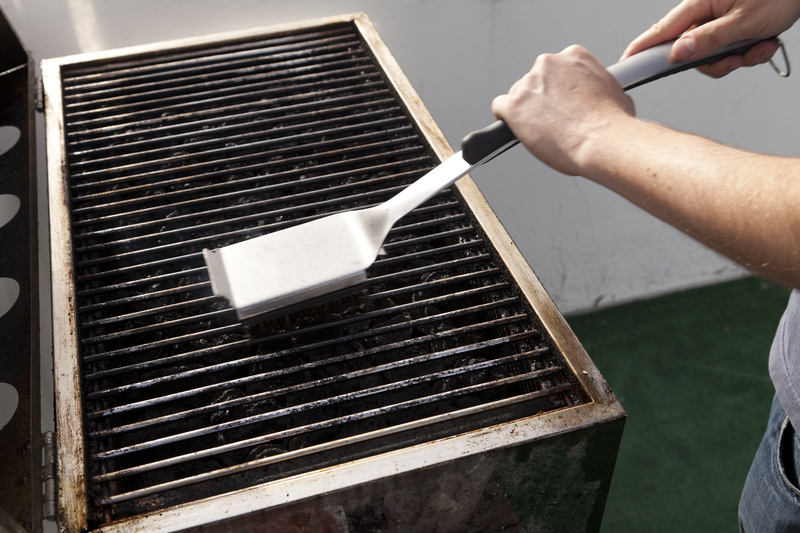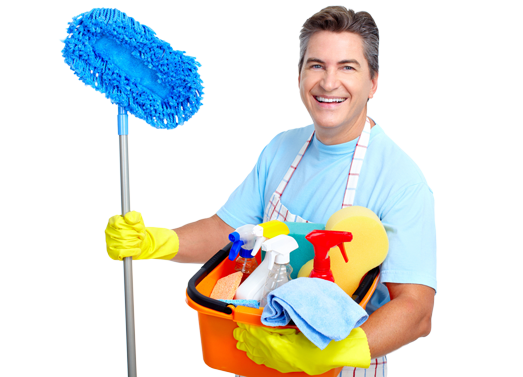How to Declutter Kids' Closets and Drawers
Posted on 24/07/2024

Every parent knows how quickly children's closets and drawers can become filled with too much clothing and toys. Unfortunately, disorganized closets and brimming drawers can make it difficult for kids to find what they need and can eventually create stress for the whole family. It's time to declutter! Read on to learn the best tips and tricks for decluttering your kids' closets and drawers.
1. Invest in Organization Supplies
Organizing supplies are essential when it comes to decluttering any closet or drawer. Start with baskets and other containers that will help you separate items into different categories, like toys, clothes, and books. You'll also want to invest in stackable bins of different sizes so you can fit them in tight spaces like a small dresser. Additionally, clear plastic containers are great for keeping small items such as craft supplies, Legos, and more organized and easy to view at all times.
2. Purge Unused Items
Now it's time to start the purging process. Go through each item one by one with your child and ask him or her if the item is still used or wanted. If not, then have him donate it or put it in a giveaway pile so someone else can enjoy it. This might take a bit of convincing on your part because kids might be attached to certain items they no longer need--just remember that there's no need for them to keep old clothes or broken toys just because they feel emotionally connected to them.
3. Utilize Vertical Space
One key tip: make sure you're utilizing vertical space! Whenever possible, install shelves, draws, or hooks in closets and rooms to hold extra clothes and toys off the floor. This will help keep them from accumulating quickly and make it easier for kids to spot what they need when they're looking for something specific. Plus it's nice to reduce clutter from floors so you don't have too much laying around everywhere that needs picked up constantly.
4. Keep Only What Fits
It's important to remember that closets should only contain what fits properly because if there isn't enough room then things will end up scattered on the ground again quicker than before! Teach your children the importance of only keeping necessary items in their closets so there's a place for everything and everything has its place. Make sure you consider any future growth spurts when deciding what should stay or go as well--clothes that are too big may hang in their closet until they fit which will save money over buying new things each time they grow out of something else!
Play "The Hanger Trick"
Once you have finished going through all of your child's belongings
- play "The Hanger Trick"! This is an easy way to determine how much clothing is actually necessary
- Take all of your child's hanging clothing items off of their hangers (shirts, pants, dresses) and turn the hangers backwards
- as child wears an item turn the hanger back around faces forward
- after several months check back in with closet organization
- Donate pieces that were never worn
- Know that all clothing pieces left should fit properly and be well-loved!
5. Respect Your Child's Privacy
Last but certainly not least - respect your child's privacy! As your children grow older their sense of independence grows drastically - so when creating their space try to give consistent yet age appropriate autonomy allowing them ownership over how their space looks - this will allow them a space free from external judgement which can help promote organizational skills while making clean-up fun instead of tedious chore.
In conclusion, don't get discouraged if your kid's closet remains cluttered even after following these steps--it takes practice just like anything else! Practicing these organizing tips regularly will make sure cluttered closets are kept at bay for years to come while teaching important life lessons about responsibility along the way.






